Diversity of Bird Species in Glacier National Park
Glacier National Park is home to a diverse range of bird species, making it a paradise for bird watchers. The park boasts over 270 recorded species of birds, including both resident and migratory birds. Some of the most commonly sighted birds in the park include bald eagles, ospreys, harlequin ducks, and the striking mountain bluebird.
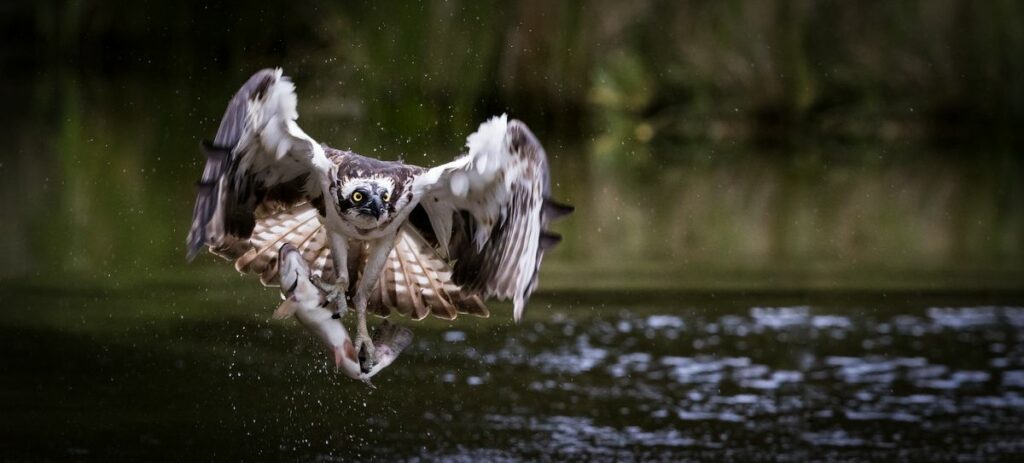
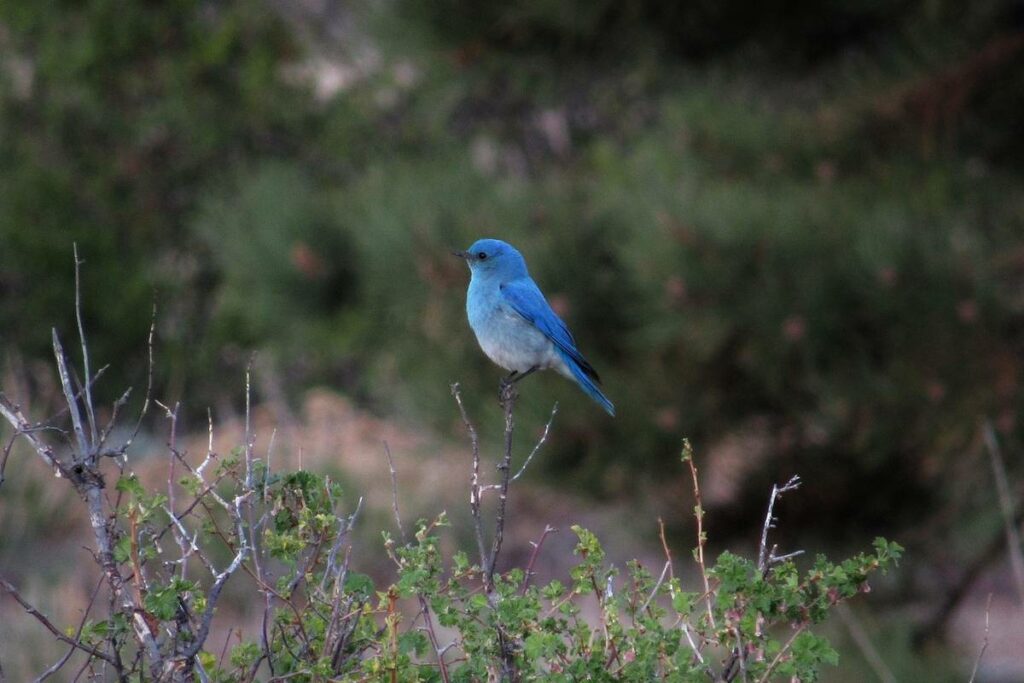
One of the most interesting bird species found in Glacier National Park is the white-tailed ptarmigan, a bird that is specially adapted to the park’s alpine environment. The ptarmigan’s feathers change color with the seasons, from brown in the summer to white in the winter, allowing it to blend in with its surroundings and avoid predators. This bird can be spotted on hikes in the park’s higher elevations, especially in areas with rocky outcroppings.
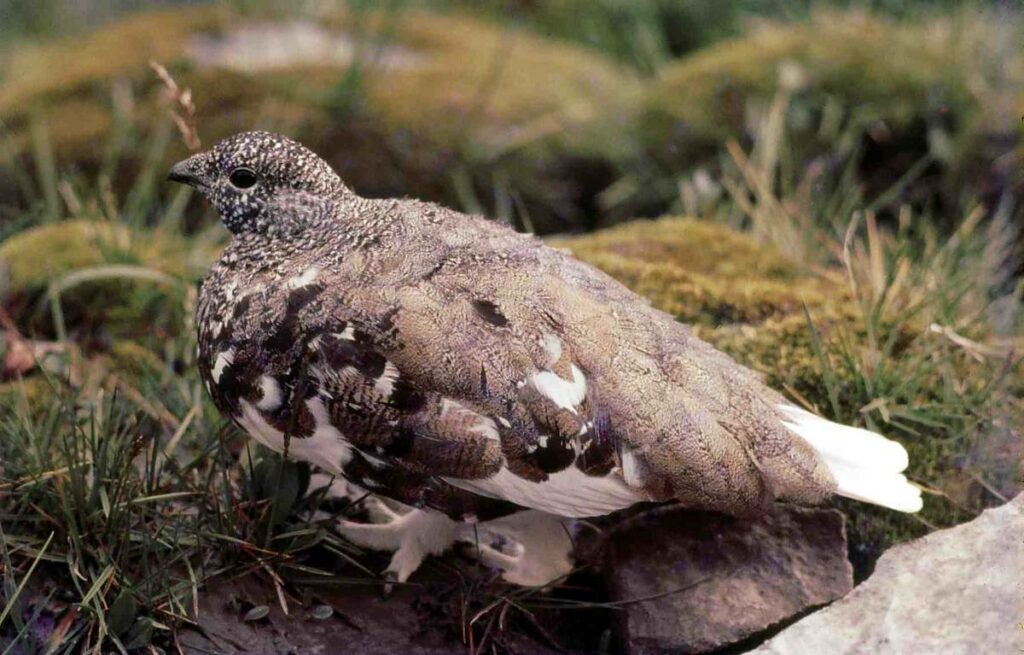
Another interesting bird species found in Glacier National Park is the black rosy-finch, a year-round resident in the park’s high country. These birds have a distinct pink wash on their feathers and are commonly seen at Logan Pass, which is one of the most popular areas in the park for bird watching.
The park is also home to several species of owls, including the great gray owl, one of the largest owl species in North America. These majestic birds can be spotted in the park’s old-growth forests, where they hunt for small rodents and other prey.
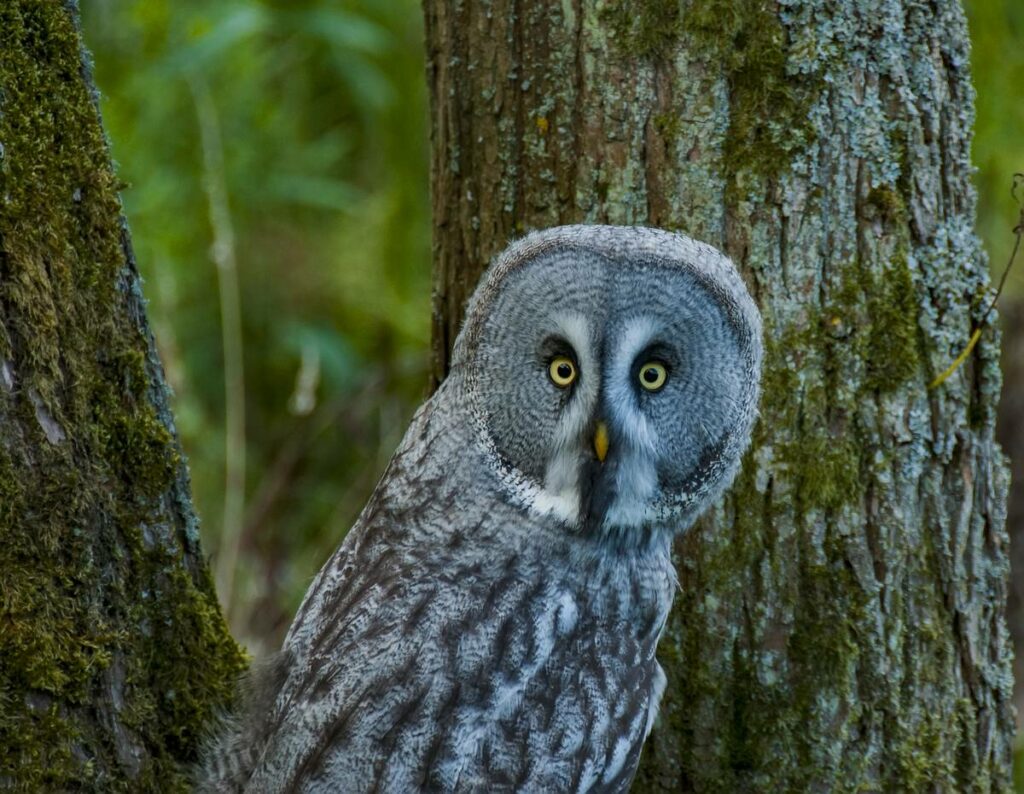
Bird watching in Glacier National Park can be a truly rewarding experience, as visitors are able to see and learn about a variety of bird species in their natural habitat. Whether you are an experienced bird watcher or a beginner, the park offers a unique opportunity to observe and appreciate a wide range of the feathered friends.
Best Bird Watching Spots in Glacier National Park
Glacier National Park is a paradise for bird watchers, with a vast array of habitats that support a diverse range of bird species. There are several excellent spots within the park where visitors can watch birds in their natural habitat. Some of the best bird watching spots in Glacier National Park are:
Lake McDonald: Located on the western side of the park, Lake McDonald is a popular spot for bird watchers. The lake is home to several bird species, including common loons, ospreys, and bald eagles.
Two Medicine: Two Medicine is a valley located in the southeastern corner of the park, and it is one of the best areas for bird watching in Glacier National Park. The area is home to several bird species, including the harlequin duck, black rosy-finch, and gray jay.
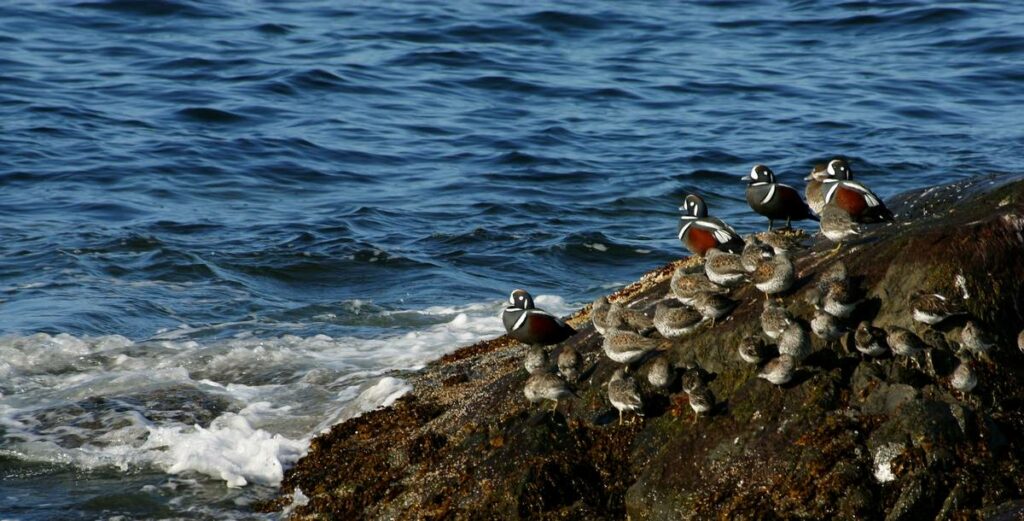
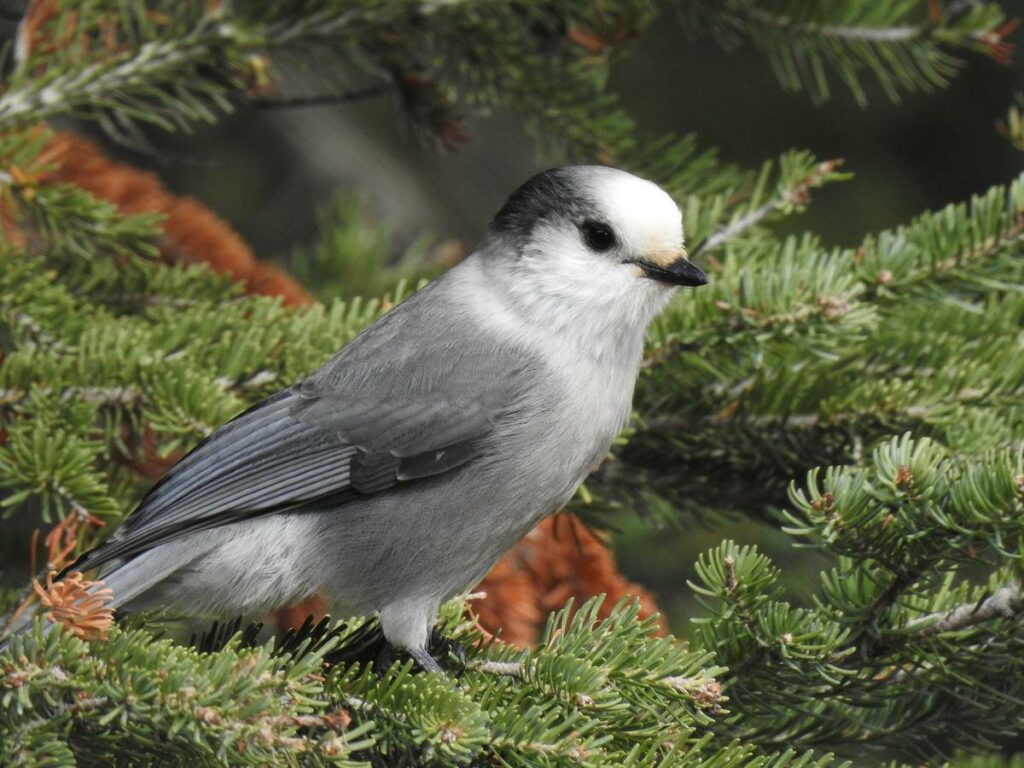
Many Glacier: Many Glacier is a picturesque valley in the northeastern part of the park, known for its stunning mountain scenery and excellent bird watching opportunities. Visitors can spot several bird species in this area, including the mountain bluebird, golden eagle, and white-tailed ptarmigan.
Logan Pass: Logan Pass is located in the center of the park and is one of the most popular areas for bird watching. Visitors can spot several bird species in this area, including the black rosy-finch, Clark’s nutcracker, and gray-crowned rosy-finch.
Waterton Lakes National Park: While not technically part of Glacier National Park, Waterton Lakes National Park is adjacent to Glacier National Park and offers excellent bird watching opportunities. This park is also home to several bird species, including the western grebe, trumpeter swan, and sandhill crane.
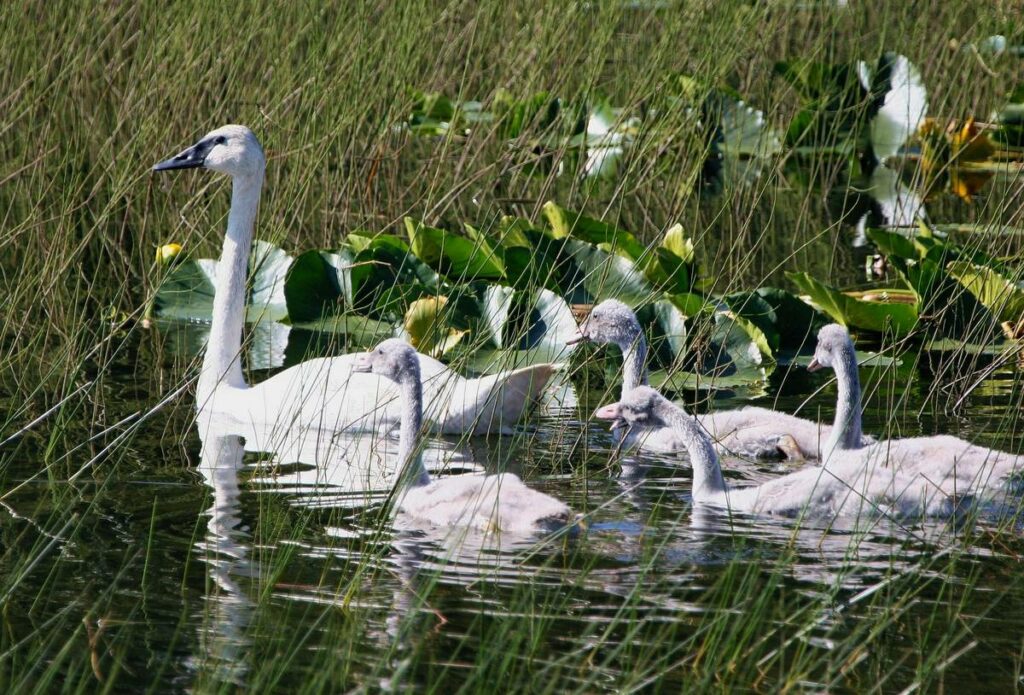
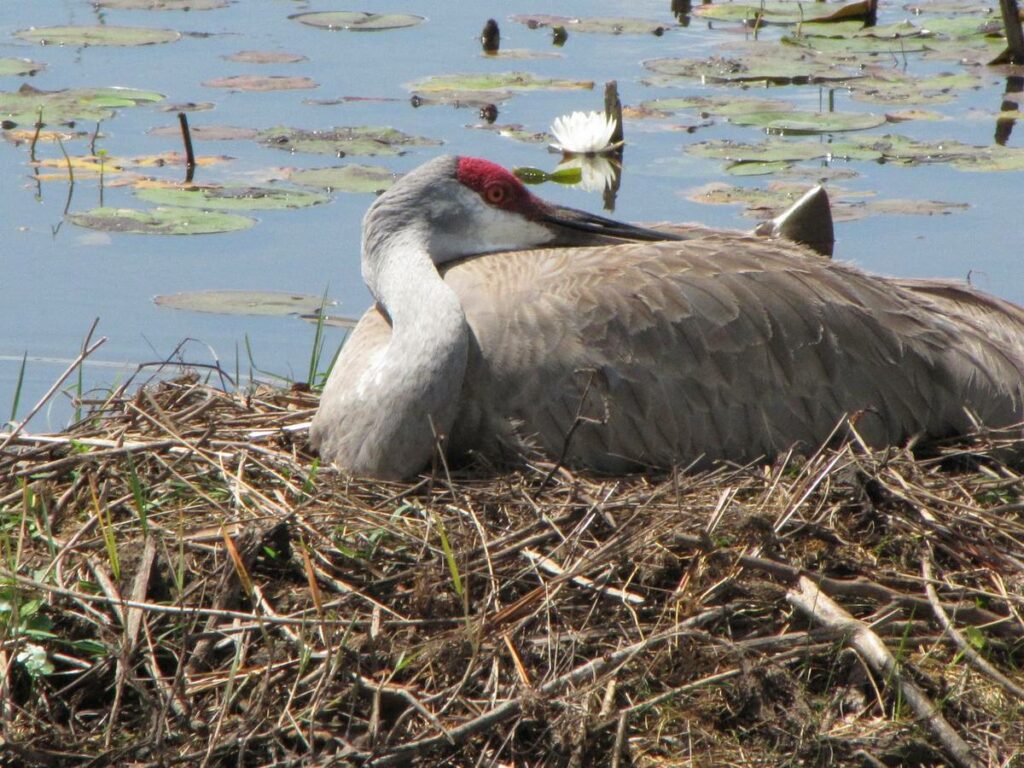
Visitors to Glacier National Park should keep in mind that birds are most active in the early morning and late afternoon, and the best time for bird watching is during the breeding season (May through July). With some patience and a keen eye, visitors to the park are sure to have a fulfilling bird watching experience.
Tips for Bird Watching in Glacier National Park
Bird watching in Glacier National Park can be a rewarding and enjoyable experience, but it requires some planning and preparation to make the most of your adventure. Here are some tips to help make your bird watching trip to Glacier National Park a success:
Do some research: Before heading out to the park, do some research on the bird species that most interest you, and where to find them. The National Park Service website is a good resource for information on bird species in Glacier National Park.
Bring the right equipment: Be sure to bring a good pair of binoculars and a field guide to help you identify birds. A camera with appropriate lenses will help you capture exciting bird watching moments (more on equipment below).
Dress appropriately: Dress in layers and wear comfortable shoes, as bird watching often involves walking or hiking. Be prepared for changing weather conditions, as temperatures can vary widely in the park.
Be patient: Bird watching requires patience and quiet observation. Take your time and be still, and birds will often reveal themselves.
Respect wildlife: It is important to remember that birds are wild animals and should be observed from a safe distance. Do not disturb nesting birds or their habitat, and never feed wild animals.
Join a guided tour: If you are new to bird watching or want to learn more about the bird species in Glacier National Park, consider joining a guided tour. The park offers several ranger-led bird watching tours throughout the year.
By following these tips, visitors to Glacier National Park can have a rewarding and memorable bird watching experience. Remember to enjoy the park’s stunning natural beauty while observing the fascinating bird species that call it home.
Equipment and Gear for Bird Watching in Glacier National Park
Bird watching in Glacier National Park can be an exciting and rewarding experience, but having the right equipment and gear is essential to make the most of your trip. Here’s a list items to consider when preparing for your bird watching adventure in Glacier National Park:
Binoculars: A good pair of binoculars is essential for bird watching. Look for binoculars with a magnification of at least 8x and a wide field of view to help you spot birds quickly and easily.
Field guide: A field guide is a valuable resource for identifying birds in the field. Look for a guide specific to the birds of Glacier National Park to help you identify the unique species found in the park.
Camera: A camera can be a useful tool for capturing images of the birds you observe. Look for a camera with a powerful zoom or telephoto lens to help you get close-up shots of distant birds.
Clothing: Dressing appropriately for the weather conditions is essential for a comfortable and enjoyable bird watching experience. Dress in layers and wear comfortable, sturdy shoes for walking and hiking. Consider bringing a hat and sunglasses for sun protection.
Backpack: A small backpack can be useful for carrying your gear, snacks, and water while you are out bird watching. Look for a backpack with comfortable straps and multiple compartments for organizing your gear.
Bird call app: A bird call app can be a helpful tool for attracting birds to your location and identifying different bird calls. Look for an app specific to the birds of Glacier National Park for the most accurate calls.
Bear spray: Glacier Park is bear country and bear spray is an important addition on your list of equipment (free loaner when you stay at Smoky Bear Ranch).
Bringing these essential items on your bird watching trip to Glacier National Park will help ensure you’re prepared to observe and identify the many unique bird species found in the park.
Important Bird Watching Ethics to Follow in Glacier National Park
Bird watching in Glacier National Park is not only an enjoyable activity, it also comes with important responsibilities to ensure that the natural environment and its inhabitants are protected. Here are some important bird watching ethics to follow in Glacier National Park:
Respect wildlife and their habitat: It is important to observe birds from a safe distance and to avoid disturbing their natural habitat. Avoid getting too close to nesting sites, feeding areas, or breeding grounds.
Stay on designated trails: Sticking to designated trails and paths helps to minimize disturbance to the natural environment and avoid trampling on fragile plants and wildlife habitats.
Don’t feed birds: Feeding birds can disrupt their natural feeding habits and lead to dependency on human-provided food sources. This can have negative impacts on the bird population and the overall ecosystem.
Leave no trace: When bird watching in Glacier National Park, it is important to leave no trace. This means carrying out all trash and leaving the area as you found it to minimize impact on the natural environment.
Respect park regulations: Follow all park regulations, including those related to hiking, camping, and parking. Be aware of any seasonal closures or restrictions in certain areas of the park to avoid disturbing wildlife.
Learn about the birds: Understanding the natural behavior and habits of the birds you are observing can help you avoid disturbing their natural environment. Learn about the specific species of birds in Glacier National Park and the best times and locations to observe them. By following these important bird watching ethics, you can help preserve the natural environment and protect the bird populations of Glacier National Park. Remember that as visitors, we have a responsibility to protect and respect the natural environment and its inhabitants for future generations to enjoy.

